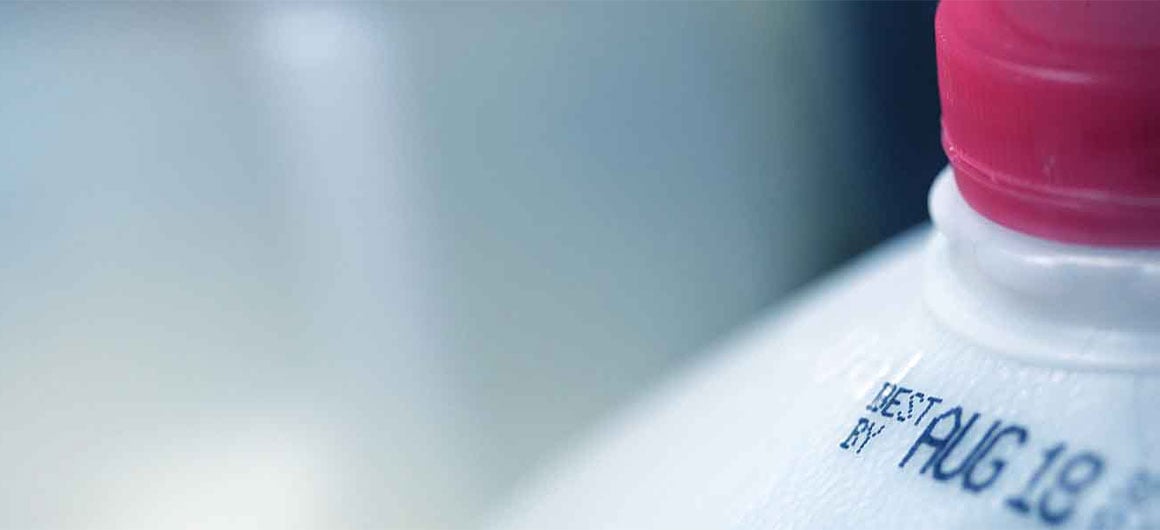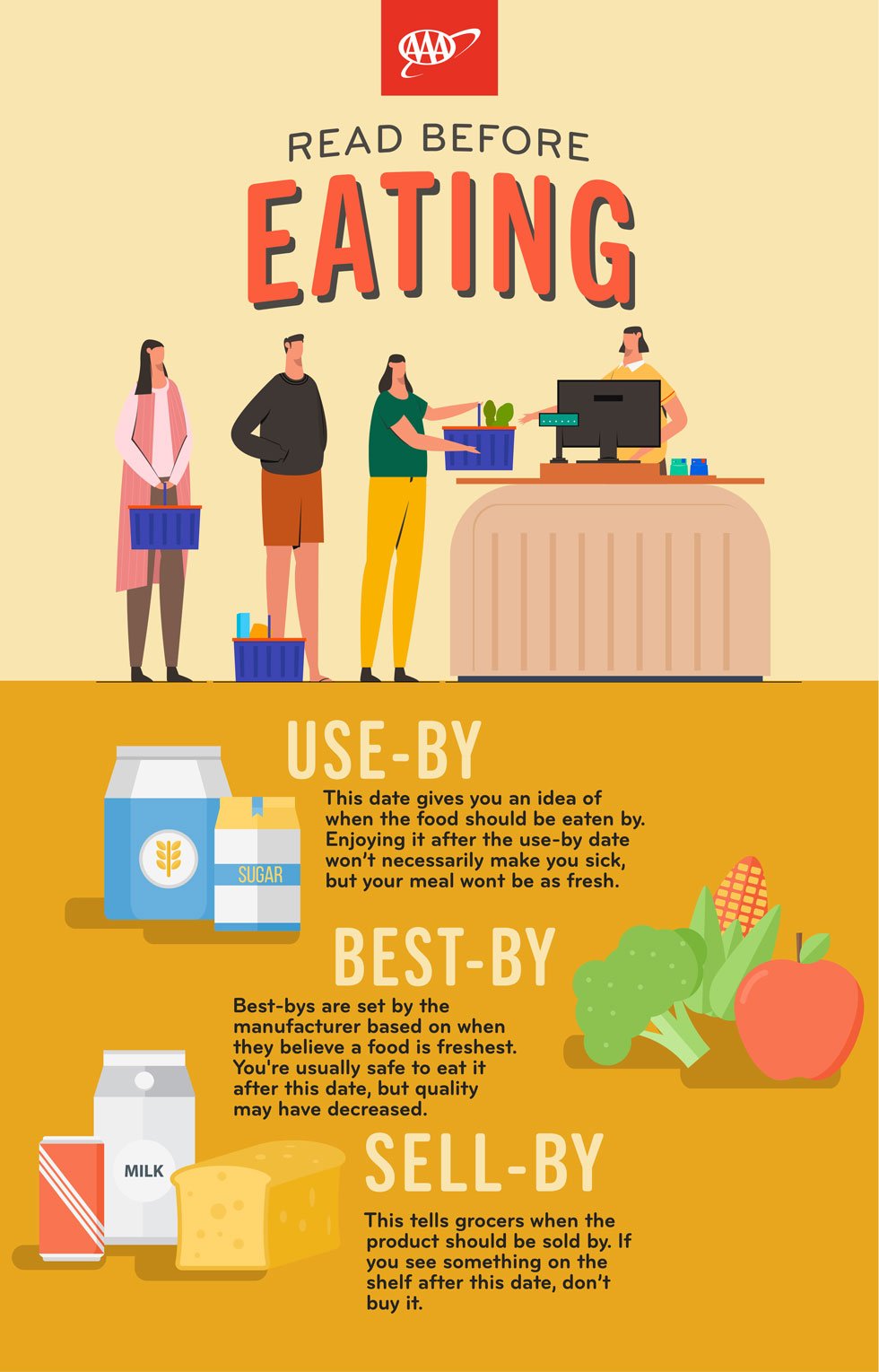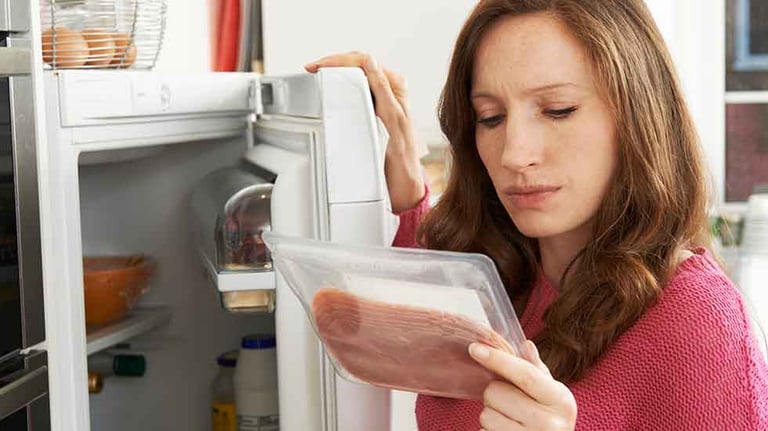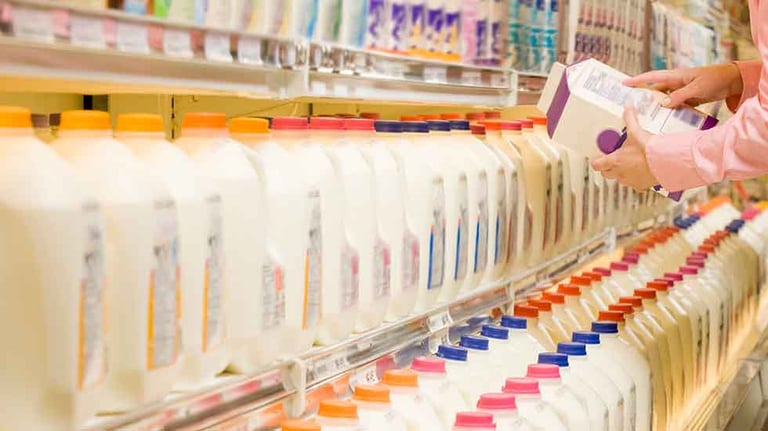What is the Sell-by Date and How Does It Affect You?
Know what food may or may not be good to use


If you’re headed to the grocery store or planning your meals for the week, you’ll want to read this before you hit the check-out. We’ve always been told to check the dates on the food products we buy. However, when you check dates on items at the store, what do the dates actually mean? Confusion over date labeling leads to billions of pounds of food waste each year, and can be frustrating to not know whether or not you can use your meal ingredients.
There are three dates you may see on your groceries: “use by,” “sell by,” and “best by.” Here’s what they actually mean, and what it means for your food.
What are “use-by,” “sell-by,” and “best-by” dates?
While there aren’t federal regulations requiring companies to include “use-by,” “sell-by” or “best-by” dates on food, most companies choose to anyway. However, there aren’t regulations or guidelines for when those dates should be, or what they even mean.
Depending on the manufacturer and food purchased, packages can display one of three labels.

Use by
The use-by date is the most important one, and tells you by which date the food should be eaten. While eating food past the use-by date won’t necessarily make you sick, the quality of the food may be affected. The longer you wait to consume the food, the faster the quality will decrease and food safety could be compromised.
Each food is different when it comes to how long it’s good for after the use-by date. For example, dairy can last one to two weeks, while eggs last about two weeks. Grains can last up to a year after the date. To be safe, don’t wait too long after the date to consume the food. Otherwise, you may risk getting sick.

Sell by
The sell-by date is created for the grocery store retailers and shares the date by which the product should be sold. After this date, it should be removed from the shelf.
However, foods are not unsafe to consume after the sell-by date, so if this date has passed, you can still eat it. Usually, about one-third of a product’s shelf-life still remains after the sell-by date, so you still have time to eat the product at home.
Best by
While food isn’t necessarily unsafe to eat after the best-by date, the quality of the food will decrease after this date.
In most cases, these dates are set based on when manufacturers believe food is freshest and has the best quality, not necessarily when the food is unsafe to eat.

How long can you keep food before it’s unsafe to consume?
The length of time you can keep food varies based on the packaging and type of food. For example, canned foods can be kept for two to five years, as long as they aren’t exposed to extreme hot or cold temperatures. Discard cans that are dented, rusted or misshaped.
Other non-perishable foods, such as chips, pastas, cereals, etc. can last almost indefinitely; however, quality may be sacrificed. Throw the food away if it tastes or feels stale.
When it comes to dairy and other perishable foods, it’s better to play it safe than sorry. If the food smells off, has a texture or color change, or is moldy, throw the food away. Typically if the food smells and looks ok, it’s likely still safe to consume.
How to ensure food quality and safety
Safe storage and handling helps ensure quality and safety. Here are a few tips for keeping your food safe:
- Keep your fridge at 40 degrees or lower and freezer at 0 degrees.
- Wrap all meat, fish, and chicken securely. Store them away from other foods, like in their own drawer or container.
- Wash your hands regularly and clean cutting boards and utensils to avoid cross-contamination.
- Cook foods to their proper internal temperature to ensure all bacteria is killed.
- Don’t leave perishable food out for more than two hours at room temperature.
- Use cooked leftovers within three to four days.
